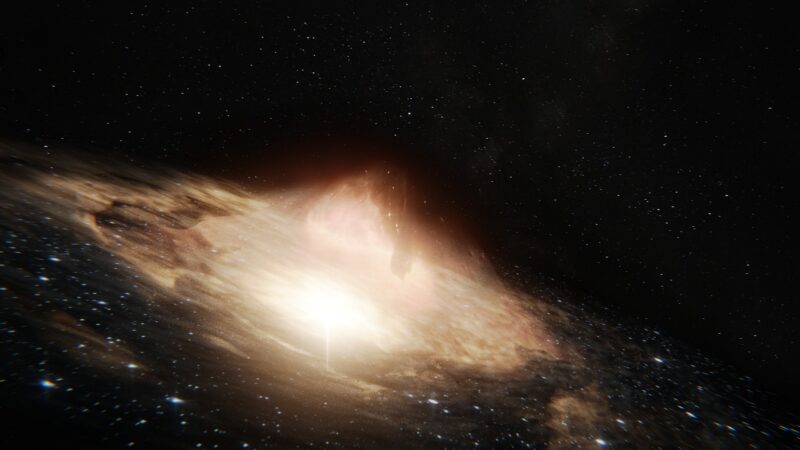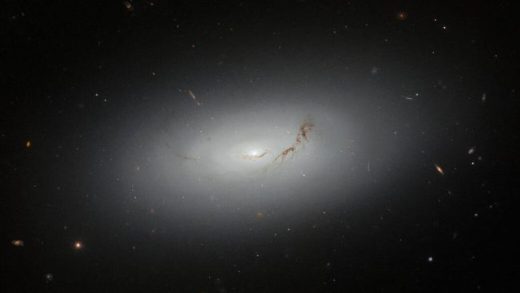Chinese scientists detect the high-energy counterpart of a fast radio burst (FRB): Report

Chinese scientists have detected an X-ray burst associated with a fast radio burst (FRB) and confirmed that it originated from a magnetar in the Milky Way.
FRBs are brief, powerful bursts of radio waves that originate from outside our Milky Way galaxy. They were first discovered in 2007, and since then, astronomers have detected more than 100 of these bursts.
According to the Chinese Academy of Sciences’ Institute of High Energy Physics (IHEP), the Gravitational Wave High-energy Electromagnetic Counterpart All-sky Monitor (GECAM) telescope was used to make the discovery on Saturday.
Xiong, the principal investigator of GECAM and an IHEP researcher, was quoted as saying that it is only the second time in history that humans have detected a high-energy counterpart of a FRB.
Xiong said this discovery provides extremely valuable data for a deeper understanding of the radiation mechanism of FRBs and the outburst mechanism of magnetars.
China’s Hard X-ray Modulation Telescope (HXMT), the country’s space science satellite also known as Insight-HXMT, together with other space telescopes, detected the X-ray counterpart of an FRB for the first time in April 2020.
According to Xiong, it turns out that they both originated from the same magnetar named SGR J1935+2154, which further demonstrates that magnetars can emit the elusive FRB. “It is an important step toward unraveling the mystery of the origin of FRB,” added Xiong.
FRBs are the brightest radio bursts known in the universe. They are called “fast” because these blips are very short, only several milliseconds in duration. But there is no reasonable explanation for their origin and radiation mechanism yet.
Magnetars are neutron stars with ultra-strong magnetic fields and can produce violent X-ray bursts during their activity.
Launched in December 2020, the GECAM mission focuses on detecting electromagnetic counterparts of gravitational waves, high-energy radiation from FRBs, various gamma-ray bursts, and magnetar flares.
The origin of FRBs has been a mystery, but the new discovery has implications for the future study of FRBs, as it may help to shed light on the origins of these enigmatic phenomena.
Source: Xinhua

